It’s always interesting to look at football club badges and to consider where they originated from. There will always be common themes at times, and many teams have birds as part of their crest.
Here, then, is a rundown of English football clubs with birds as part of their badge.
From the Premier League to League Two
Crystal Palace
Crystal Palace’s nickname is The Eagles, so it’s no surprise that this majestic bird dominates the club badge. What is interesting is the fact that the name is a relatively new one.
The term ‘Eagles’ was coined by former Palace manager Malcolm Allison in the 1970s, and it was borrowed from the Portuguese team Benfica who Allison admired. The name stuck, and the Eagles has been an important part of the Crystal Palace story ever since.
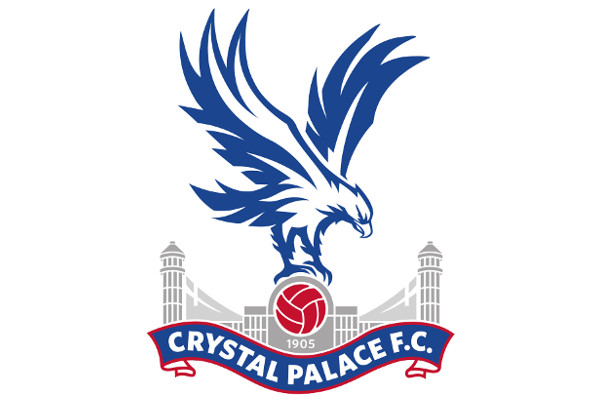
Tottenham
Tottenham Hotspur have a cockerel as part of their club badge, even though this bird does not contribute to their nickname. The club are known as the ‘Spurs’ and, because fighting cocks wore spurs around the time of the team’s formation in 1882, the cockerel was used as an emblem.
It’s not a concept that sits well in the modern era, but the cockerel has remained as the focal point of Tottenham’s badge. At least their mascot, Chirpy the Cockerel, is a friendly figure.
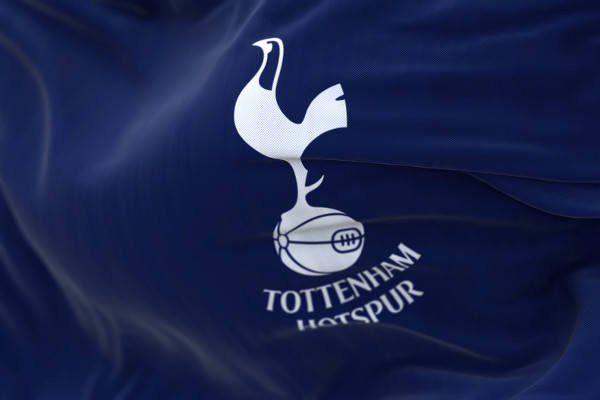
Brighton and Hove Albion
They are based on the south coast of England, so it’s appropriate that Brighton’s nickname is the Seagulls. However, this is another relatively new name, and it’s believed to have originated in 1977.
At that point, Brighton were known as the Dolphins. They played great rivals Crystal Palace in a domestic fixture, and Palace fans began to taunt Brighton supporters with chants of ‘Eagles.’ Brighton responded with ‘Seagulls,’ and the name stuck.
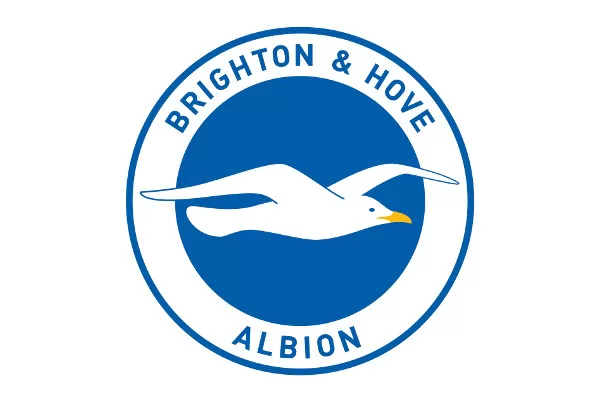
Norwich City
Norwich City’s nickname is the Canaries and this bright bird sits proudly on the club’s badge. This is a historical link, and it’s reported that the name originated because there is a tradition of breeding canaries in the Norwich area.
The theme continues in the yellow and green kit that Norwich wear for their home matches at Carrow Road. And, to complete the picture, a canary is a proud part of the club’s badge.
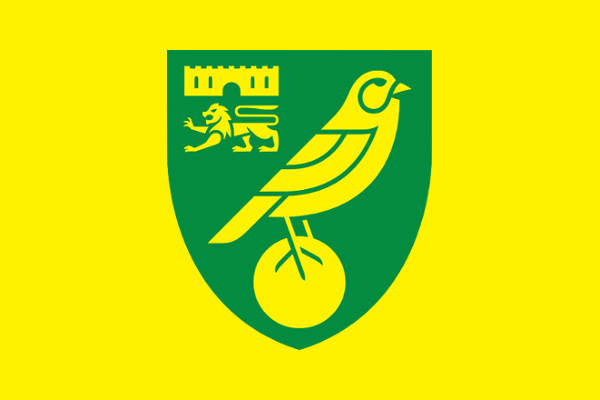
Swansea FC
The bird that features on the Swansea City badge is a swan, and the reasons for this are obvious ones. Swans is an abbreviation for Swansea and this is how the club got its nickname.
This bird has been featured in many different badge designs over history. Currently, the swan is depicted in classic black lines against a white background.

West Bromwich Albion
Before they were widely known as The Baggies, West Brom’s nickname was The Throstles. The bird continues to exist on the club badge, even though very few really knew what a throstle was.
In fact, Throstle is a colloquial term for a thrush, and it’s widely used in the Black Country area of the Midlands where West Brom are based. The nickname may have gone, but the bird itself remains as an important part of the club badge.
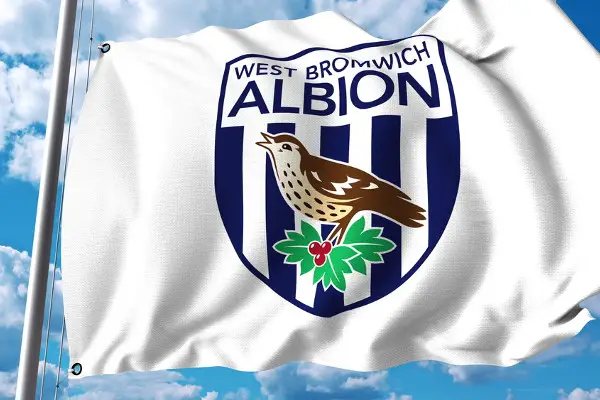
Cardiff City
Cardiff City are known as The Bluebirds and the story behind this is an interesting one. During the early years of the club’s formation, a play known as The Bluebird, written by Maurice Maeterlinck, arrived in the area.
Cardiff were playing in blue and white shirts at the time, and it’s said that their supporters simply linked the two facts. The term Bluebirds was used from that point onwards, and the bird itself continues to be an important feature of Cardiff City’s badge.

Sheffield Wednesday
Sheffield Wednesday’s nickname is The Owls, and this striking bird dominates the club’s badge design. Wednesday moved to the Owlerton district of the city in 1899, and many assume that this is how the name arose. However, it’s said that they didn’t immediately adopt the nickname at that point.
Instead, the name ‘Owls’ came about in 1912 when player George Robertson presented an owl mascot to the club. It’s thought to have brought the team some luck, and the owls nickname took hold.
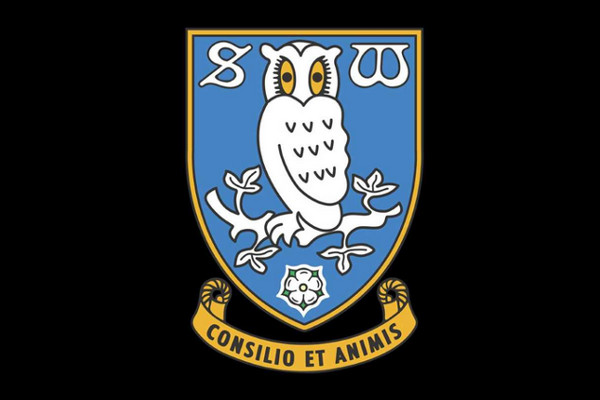
Sutton United
Look closely at the Sutton United football club badge and you’ll see a parrot sitting at the very top. It’s actually a popinjay and it was taken from the coat of arms of the Lumley family who were Lords of the Manor of nearby Cheam.
The coat of arms of Sutton and Cheam also form part of the Sutton FC badge. It all adds up to one of the most colourful team crests, and it’s hard to imagine that any other club used a parrot as part of their logo.
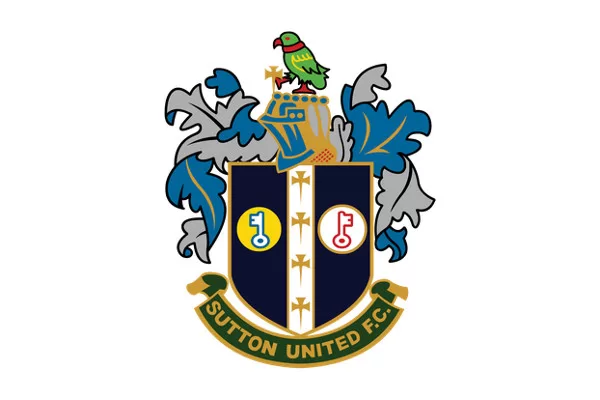
Walsall
Walsall Football Club are unusual as their club badge features a swift. These birds are known to never settle and the current crest shows a swift in flight across a red, white and black background.
Walsall were formed in 1888 and their original name was Walsall Town Swifts. The formation came about as a merger between two clubs – Walsall Town and Walsall Swifts. Over time, the name of the club changed, while Walsall’s official nickname is The Saddlers. Despite this, the swift emblem remained, and it is still the focal point of the club badge.
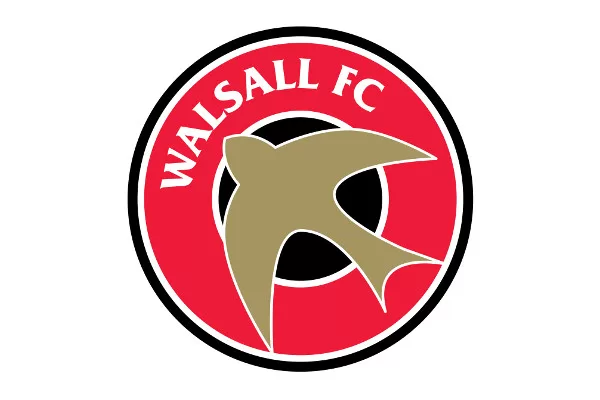
Wycombe Wanderers
Wycombe Wanderers FC go by two different nicknames. They are often referred to as The Blues due to the colour of their shirts, while the name The Chairboys relates to the local chair making industry.
With that in mind, why do Wycombe Wanderers have a swan in the middle of their club badge? This is another case where the emblem is taken from the coat of arms of local dignitaries. This bird was part of the badge of the Giffards who were Earls of Buckingham and it also belonged to the De Bohn family. In time, the swan was passed down to the local football club.
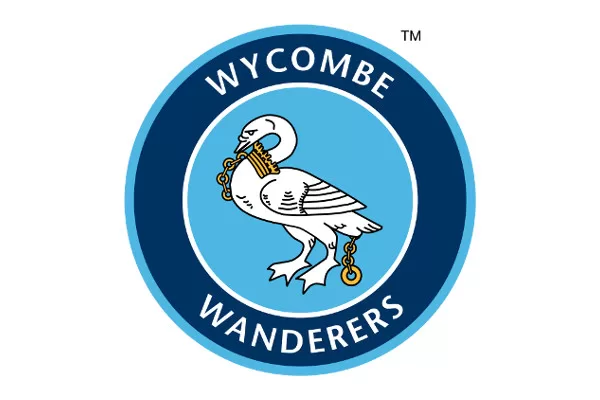
Find more Badge Trivia Questions here.
Magpies on Crests
Newcastle United (1976-1988)
Some specific species of bird have been used by multiple football clubs, and that’s the case with magpies. Newcastle United have been known as The Magpies for much of their history, and this is due to their black and white shirts.
Magpies themselves are familiar black and white birds, so this was an obvious nickname for Newcastle United to adopt. Even though the bird was only used as part of the club crest from 1976 to 1988, the club are still referred to as The Magpies.
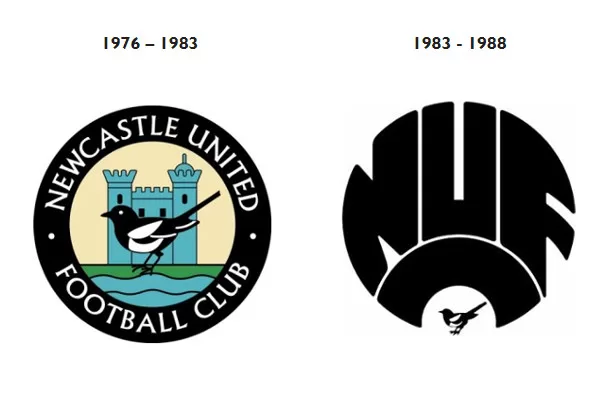
Notts County
Notts County are also known as the Magpgies for the same reason as Newcastle United. The team plays their home matches in black and white shirts, and they are named after the bird that sports the same colours.
Unlike Newcastle, Notts County have persisted with the bird on their club badge. The current design features two magpies, perched on top of a football.
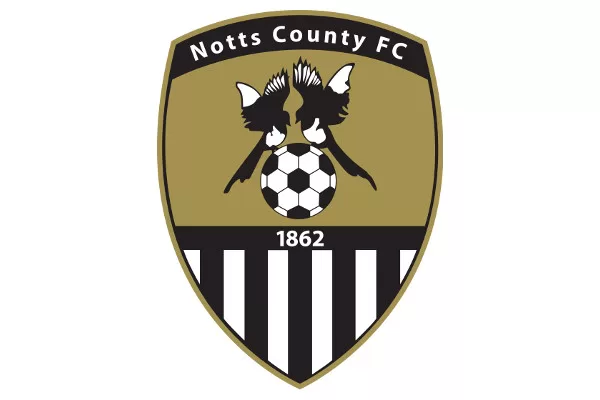
Badges with Robins
Swindon Town
The robin is a popular and much-loved bird of the British Isles, so it’s good to see it used on more than one club badge. Swindon Town are known as the Robins and the nickname was first used when the club adopted maroon shirts at the start of the 1902/03 season.
The robin was commonly known as the ‘redbreast’ at this time, and that’s how the name was coined. The current Swindon Town Football Club badge continues to incorporate a robin to this day.

Bristol City
Bristol City are the second major English football club to feature a robin on their badge. Once again, the nickname has derived from the fact that the team wore red shirts, and this led to the comparison with the red breast of the bird itself.
This wasn’t an official nickname for some time, but fans of Bristol City would frequently refer to themselves as Robins before it was adopted. Over time, the bird began to feature prominently on the club’s official badge, and that continues to this day.
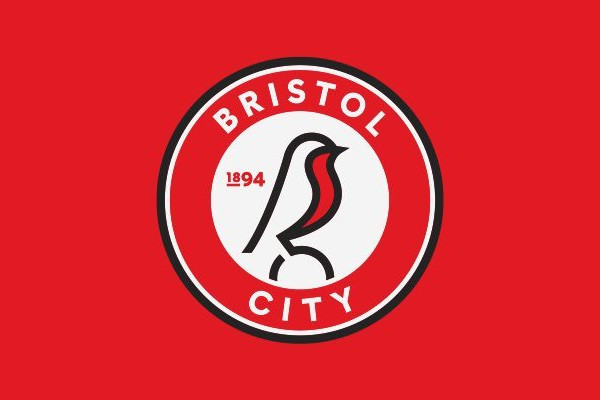
Cheltenham Town
Cheltenham Town are another team to carry the nickname of the Robins, and their current badge carries a stylised version of this popular garden bird. The team gained their nickname in the 1930s when they changed their shirts from a ruby design to red and white.
The club badge has changed over the years, and it currently features three main colours – red, white and black. The robin is mainly white, with that distinctive red breast.
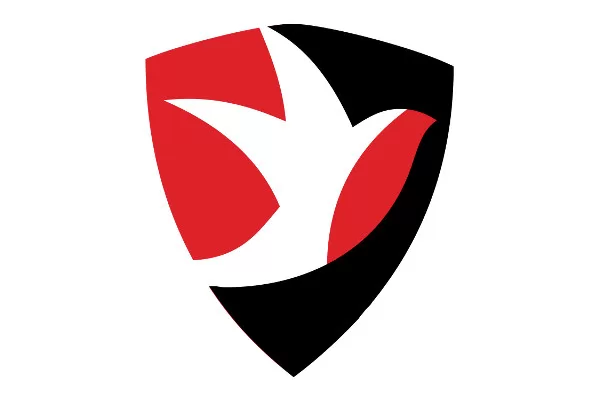
Lower Division Clubs
Aylesbury United
Birds on badges are not just for professional football clubs. They are used by many teams in lower leagues, but we’ll focus on two of the more famous instances.
At Aylesbury United FC, the club was formed in 1897, and the team goes by the nickname of the Ducks. This particular bird is prevalent in the area, and the Aylesbury Duck is, in fact, a specific breed.
The team came to prominence in the 1994/95 English season when they enjoyed an extensive run in the FA Cup. Aylesbury United reached the third round of the competition and football fans became familiar with the ‘duck walk’ which was a goal celebration used by the team at the time.
The club continues to use the same nickname while the duck still sits proudly in the middle of Aylesbury United’s badge.
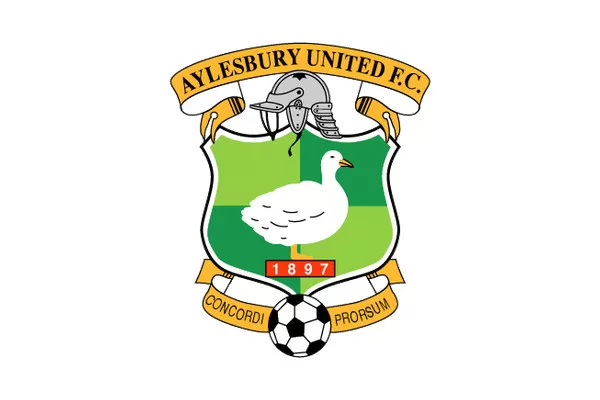
Bromley F.C.
Founded in 1892, Bromley FC have a number of nicknames, but the most common is that of The Ravens. Three of these familiar birds are in place, flying across the centre of the club badge.
The figures were adopted from the coat of arms of the town, and the badge design is a remake of that. While they are also called the Lilywhites due to the colour of their home strip, the term Ravens is more regularly associated with Bromley FC. Additionally, for a number of years, the team’s official mascot has been Ronin the Raven.
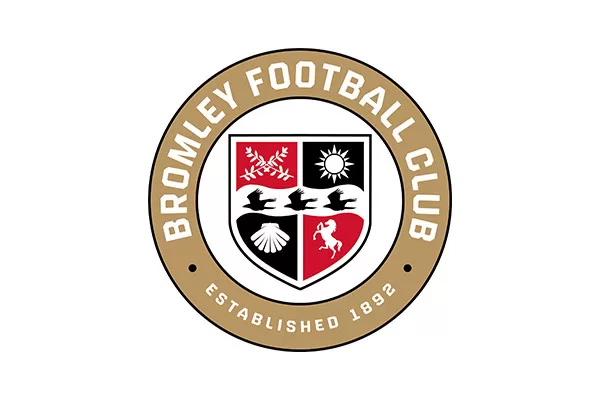
Mythical Creatures
Liverpool (Liver Bird)
Some of the birds used on football club badges will not be seen in the wild. In the case of Liverpool FC, the club has adopted the emblem of this great city – the liver bird.
This is a very large bird, with wings outstretched, and it has some resemblance to a cormorant. However, the liver bird is mythical and completely unique. There is more than one major football league club in the vicinity but, as Liverpool FC bears the city’s name, it’s only fitting that they should incorporate the liver bird as part of their club badge.
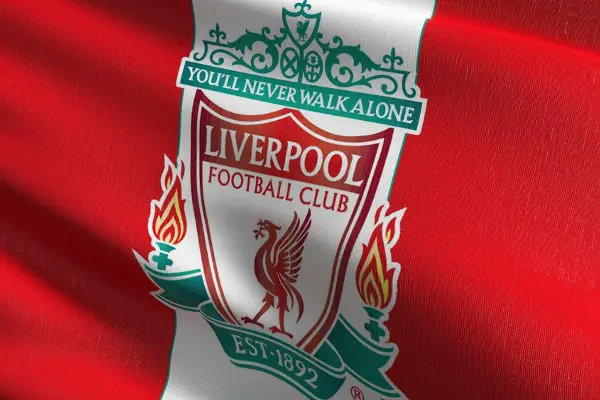
Coventry City (Phoenix)
The legendary Phoenix is a mythical bird that rose from the ashes, and that’s been the case with Coventry City. The club were founder members of the Premier League in 1992, but relegation and subsequent financial problems saw them tumble down the divisions.
The club bounced back and came close to promotion back to the top flight in 2022/23. The Phoenix is a good metaphor for the football club’s fortunes, but it’s an important bird in the history of the city itself.
During the Second World War, Coventry suffered at the hands of enemy bombing, and many buildings were destroyed. The Phoenix, therefore, represents the city’s ability to literally rise from the ashes.
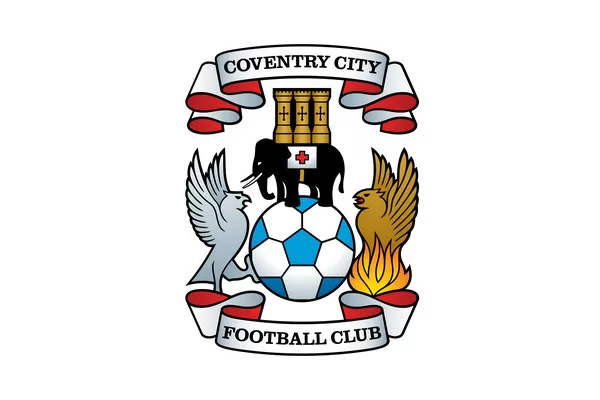
Final Thoughts
There are birds featured on badges at every step of the English football ladder. From the Premier League all the way down, those birds are ingrained in the history of their respective clubs.
As well as those professional teams and the lower league clubs that we’ve mentioned in this roundup, birds will be in place on many other amateur sides as we work our way down through the English football system.
In the main, those birds have continued to feature on badges, and that’s good to see. Football is moving faster than ever before, so it’s nice to see this type of tradition being maintained.